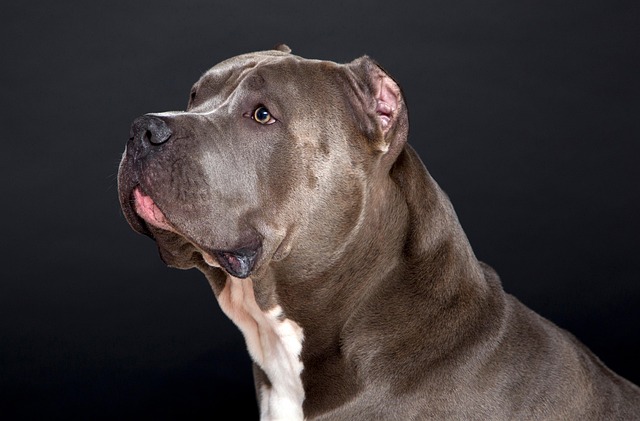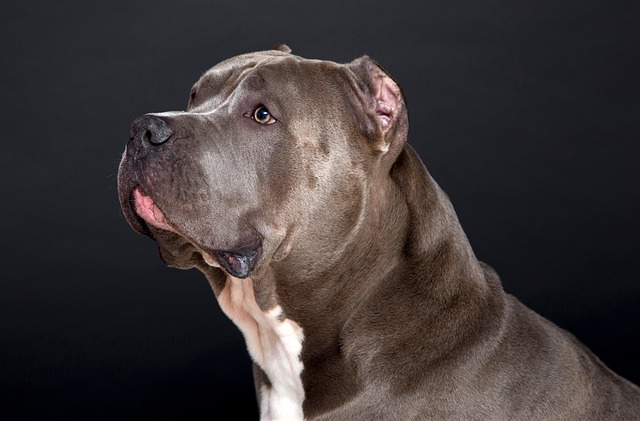
How to train a pomeranian puppy?
Pomeranian puppies are like tiny balls of energy with a side of stubbornness—those fluffy coats hide a big personality, which can make training feel equal parts charming and challenging.
Dogs acting out—chewing furniture, darting through open doors, ignoring commands—isn’t just frustrating. It often signals unmet needs, whether physical, mental, or emotional. Before reacting, step back. A pup that refuses to come when called in the park might be overstimulated, not willfully defiant. Start by ruling out health issues; sudden disobedience sometimes stems from pain or illness, so a vet check should be your first move.
Consistency is non-negotiable, but it has to align with local norms. In many European countries, strict leash laws mean letting a dog run loose in public spaces isn’t just risky—it’s illegal. If your dog pulls aggressively on walks, invest in a harness designed to reduce strain, and practice short sessions in low-distraction areas. Rewarding even small successes with treats or play reinforces good behavior better than scolding ever will.
Understand that breed traits play a role. Herding dogs like Border Collies need mental challenges to avoid boredom-driven mischief, while hounds might ignore commands when a scent catches their interest. Adapt training to their instincts: puzzle toys for smart breeds, scent games for hounds. This isn’t just about obedience—it’s about respecting their nature, which fosters trust.
 Socialization matters more than many realize. A dog that’s anxious around strangers or other animals may act out defensively. Gradual exposure to new people, places, and pets, paired with positive reinforcement, builds confidence. Check local regulations on dog parks, though; some areas require proof of vaccinations or have size restrictions to keep everyone safe.
Socialization matters more than many realize. A dog that’s anxious around strangers or other animals may act out defensively. Gradual exposure to new people, places, and pets, paired with positive reinforcement, builds confidence. Check local regulations on dog parks, though; some areas require proof of vaccinations or have size restrictions to keep everyone safe.
Timing is critical in training. Correcting a dog hours after they chewed a shoe won’t connect the behavior to the consequence—they’ll just be confused. Instead, interrupt unwanted actions calmly (a firm “no” or clap) and redirect to a toy. Praise enthusiastically when they comply. This teaches them what you expect without fear.
Remember, patience is key. Even well-trained dogs have off days, especially during teething, adolescence, or major life changes. If progress stalls, consider a certified trainer who uses positive methods—many offer group classes that also help with socialization. Avoid punitive techniques; not only are they less effective, but some regions have laws against harsh training tools like shock collars.
At the end of the day, obedience is a two-way street. A dog that feels loved, exercised, and understood is far more likely to listen. By combining empathy with consistent, kind training, you’ll build a bond that makes even the toughest days worthwhile. And always stay informed about local laws—they’re there to protect both you, your pet, and your community.

Pomeranian puppies are like tiny balls of energy with a side of stubbornness—those fluffy coats hide a big personality, which can make training feel equal parts charming and challenging.

Dogs acting out—chewing furniture, darting through open doors, ignoring commands—isn’t just frustrating. It often signals unmet needs, whether physical, mental, or emotional. Before reacting, step back.

There’s something endlessly charming about a dog offering a paw when asked—it turns ordinary moments into little shows of connection.

Cocker spaniels thrive on company—those big, soft eyes and wagging tails were made for bonding. But when left alone, their sensitive nature can spiral into whining, chewing, or worse.

That gray muzzle doesn’t mean your dog’s learning days are over. Even a 10-year-old lab who’s never mastered “stay” can pick up new skills—they just need a little patience and the right approach.

Cocker spaniels, with their wagging tails and curious noses, love exploring every nook and cranny—which can make lead training feel like herding a bundle of energy.